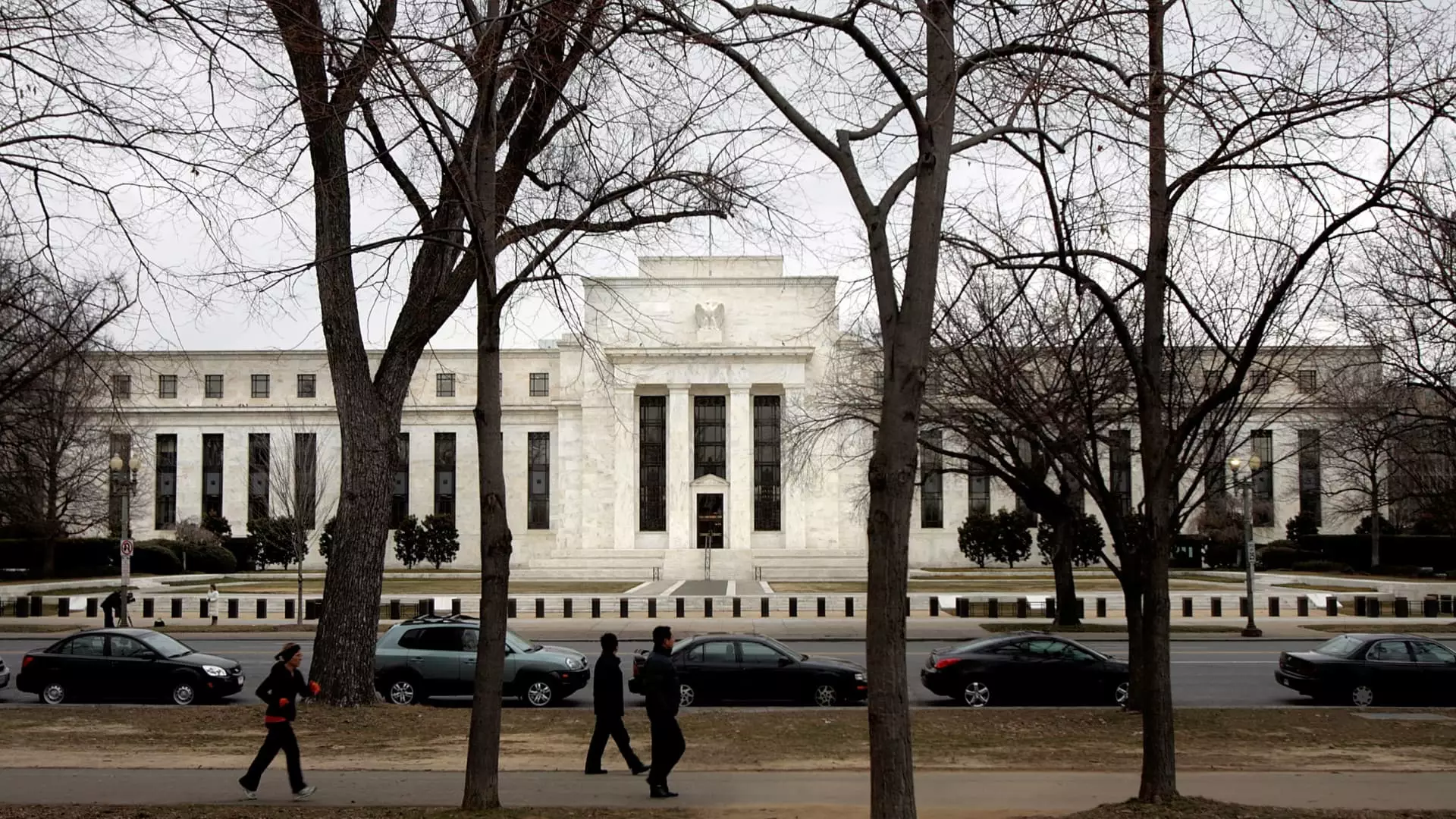The recent announcement from the Federal Reserve to maintain current interest rates has sent ripples through the financial markets and stirred debates among economists and consumers alike. While their decision might seem prudent amid lingering inflation concerns, it raises questions about its implications for consumers and the wider economy, especially in light of the political climate and economic postures leading up to the announcement. What does this mean for the average American, and how does it affect various sectors of finance?
Current Economic Context: A Balancing Act
Inflation has become a persistent issue in the U.S. economy, originating from pandemic-induced supply chain disruptions and escalated demand. The ongoing inflationary pressures have compelled the Federal Reserve to maintain a delicate balance between curbing inflation and avoiding a recession. The Fed’s benchmark interest rate, which influences lending and borrowing rates, remains a critical tool in this balancing act. In recent years, the Fed made aggressive moves to hike rates, reaching levels unseen in over two decades. With inflation still above the desired 2% mark, maintaining a steady rate is a cautious approach, but one that keeps consumers in uncertainty.
Political Influences: The Trump Administration’s Impact
The political context adds another layer of complexity to the Federal Reserve’s stance. President Trump’s remarks demanding immediate interest rate cuts during his recent return to office have raised eyebrows about the independence of the Fed. Such comments can exert pressure on the institution to act contrary to what is deemed necessary from an economic standpoint. Analysts suggest that political rhetoric surrounding the Fed’s policies can lead to a climate of uncertainty for both investors and consumers, potentially undermining trust in the institution’s ability to operate independently.
Consumer Implications: Struggling Under Financial Burdens
For everyday consumers grappling with high prices and financial strain, this decision translates into limited immediate relief. Households face soaring costs in borrowing, particularly regarding credit cards, mortgages, and auto loans. Analysts argue that even with potential rate reductions anticipated later in the year, the decreases will likely be minimal, hardly offsetting the burden many are currently experiencing. According to financial experts, those experiencing high-interest debt should explore alternatives, such as personal loans with lower rates or balance transfer cards, to manage escalating costs.
Looking ahead, consumers may not see significant decreases in borrowing costs even if the Federal Reserve proceeds with gradual rate cuts. The average credit card interest rate now exceeds 20%, reflecting the substantial weight of Fed policies on consumer finance. The connection is stark; higher benchmark rates have led directly to elevated rates for consumer credit, putting additional pressure on those already managing financial challenges. Although some easing of rates might occur, financial analysts express caution regarding how much impact this will have on average Americans’ borrowing costs.
The real estate market is also feeling the effects of the Fed’s policies. Potential homebuyers face diminished purchasing power due to the ever-rising mortgage rates, which now average slightly above 7% for a fixed-rate 30-year loan. With inflation continuing to weigh on prices, many prospective buyers find themselves priced out of the market, a situation exacerbated by the Fed’s cautious stance on interest rates. For those already locked into fixed-rate mortgages, the immediate effects may be muted, but the broader market dynamics create hurdles for new entrants.
Rates for federal student loans continue to rise, adding another layer of financial pressure on students and graduates. Individuals entering higher education are confronted with increased costs, which impacts their future financial stability. As rates for private student loans align with the Fed’s actions, those relying on variable rates are particularly vulnerable. The debate on how best to navigate these challenges extends into policy discussions and potential reforms that could alleviate student debt burdens.
While the Federal Reserve’s decision to leave interest rates unchanged addresses immediate inflation concerns, it signals a future rife with complications for consumers and the economy at large. The interplay of political pressures, consumer financial health, and broader market dynamics suggests that individuals may need to adopt a multifaceted strategy when navigating this complex landscape. As consumers brace for sustained economic challenges, exploring financial management options and remaining informed about the evolving situation becomes more crucial than ever. The road ahead remains uncertain, but understanding the implications of these decisions will be vital for all.

